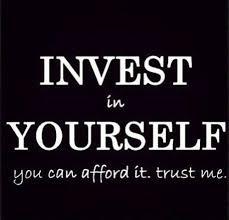For a couple of weeks now, the only hint we received as to what we were teaching this week was that we needed to have a sub worthy lesson plan. That means that we needed to have a lesson plan that basically any random person could pick up and follow. So, okay, no big deal; our lesson plans have to be sub worthy to begin with.....well little did we know that....
SURPRISE!!!!!!!!!!!!
...we were going to be teaching from our classmates lesson plans. We had all been speculating up until this point on what was actually happening in Wednesday's lab. We didn't know if were just writing a lesson plan that we had to teach or if we were switching (last year's cohort did NOT switch).
I know I did, but I think most of us went into this a little apprehensive about it. You'll see how it turned out in a little while. But first, the actual topics we were teaching were based on the National AFNR Standard that we drew Monday morning in class. This is as opposed to a lesson that we would create to use in the spring (like most labs this semester).
All of us taught each others plans very well...apparently. I didn't see much of a difference in myself since we had about 10 minutes prep time with the new lesson plan. Here is a breakdown of what happened in my lab!
Topic
- Wildlife management enhancement techniques; it was a very dense topic but I made it through, obviously!
- Awesome lesson plan and lots of information!
Opps-Opportunities to Learn, Things to Improve On
- keeping students on task; make Power Points more engaging by having various activities
- I went back to reading off the slides....I didn't know the material, didn't know what I was supposed to be saying so what can I do otherwise?
- I received feedback on both ends of the spectrum regarding enthusiasm; I think my lack of enthusiasm was more of a result of being apprehensive about switching lesson plans with someone than anything else. I just need to get over that and move on. I have to remember why I started doing this in the first place!
Gems- Things to Keep Doing
- Good questioning technique during the Power Point; kept some students engaged; it wasn't strictly reading off slides; I tried to check for understanding or ideas directly related to the content.
- I walked around the room to switch things up by not speaking from behind the podium all the time.
Overall, I want to say that I don't know what I was scared of going into this lab. I kind of liked teaching from someone else's plan. I think that when I go to teach my own plans, I have such a high expectation for it then I put too much pressure on myself to deliver it the exact way I wanted it.
It was a great learning experience that I hope I can continue to build on.









